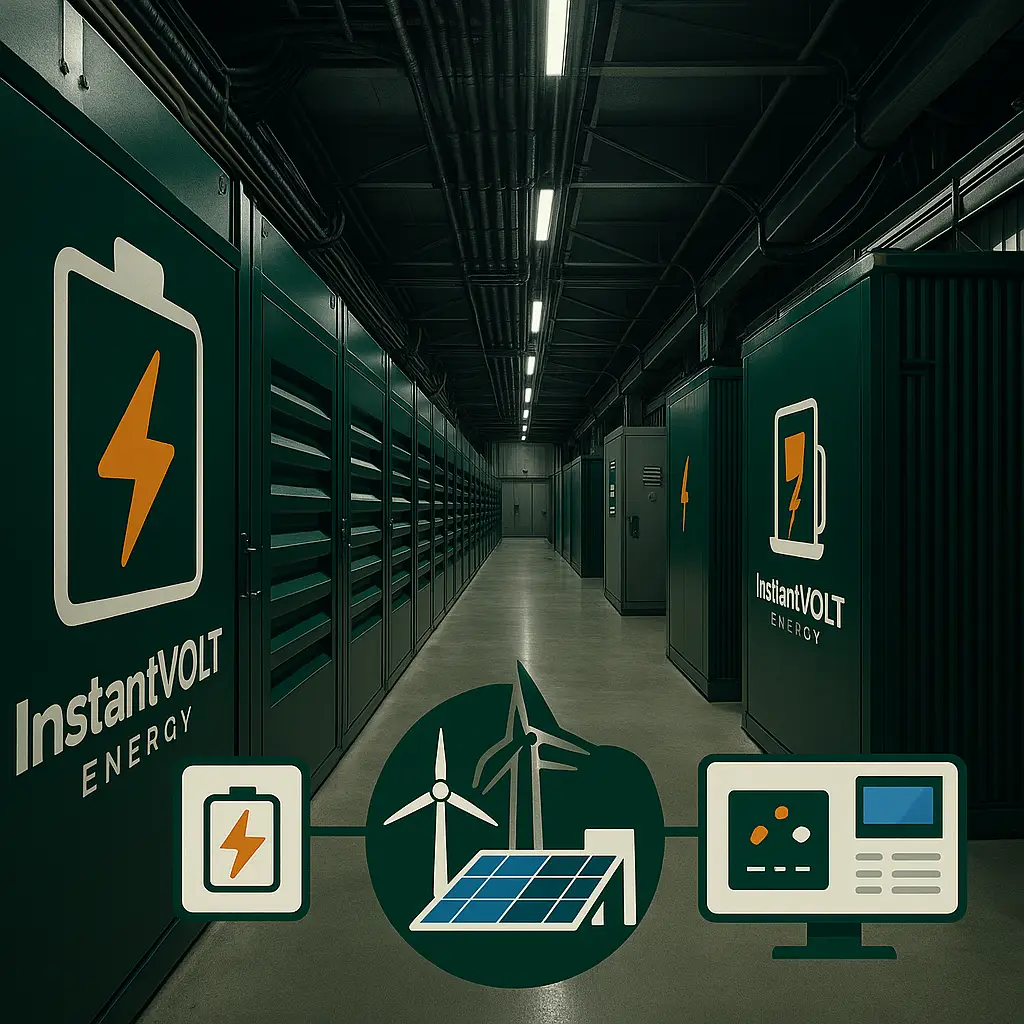
Opportunities and Challenges for the Energy Transition
The debate about the future organization of the German power market is gaining momentum. The central question is whether the previously unified market should be divided into several price zones. Grid experts argue that such a step could help balance regional differences in electricity costs and grid congestion more effectively. Initial estimates suggest that this could result in annual savings in the hundreds of millions of euros.
Decentralization as a Key to Grid Stability
Beyond market design, the focus is increasingly on technological progress. The trend clearly points toward decentralized generation and supply: rooftop solar systems, neighborhood battery storage, and smart charging infrastructure for electric vehicles enable energy to be produced, stored, and consumed locally. This reduces transmission losses, eases pressure on national grids, and increases resilience.
Another growing element is the rise of local flexibility markets. These allow utilities, municipalities, and companies to respond dynamically to grid fluctuations, for example, by shifting demand or deploying storage strategically. In this way, a system emerges that leverages the strengths of regional actors rather than depending solely on central interventions.
Opportunities for Municipalities, Companies, and Utilities
– Municipalities can expand their role in shaping the energy transition and strengthen local value creation.
– Utilities gain the chance to develop new services such as flexibility offerings or storage solutions.
– Companies and industries benefit from lower energy costs, greater security of supply, and a stronger position in an increasingly decentralized market.
Outlook
Whether the power market will actually be split into price zones remains politically controversial. What is clear, however, is that decentralization is advancing both technologically and organizationally. It is not only a tool for grid relief but also a decisive factor for ensuring a secure, affordable, and climate-friendly energy supply in the future.
